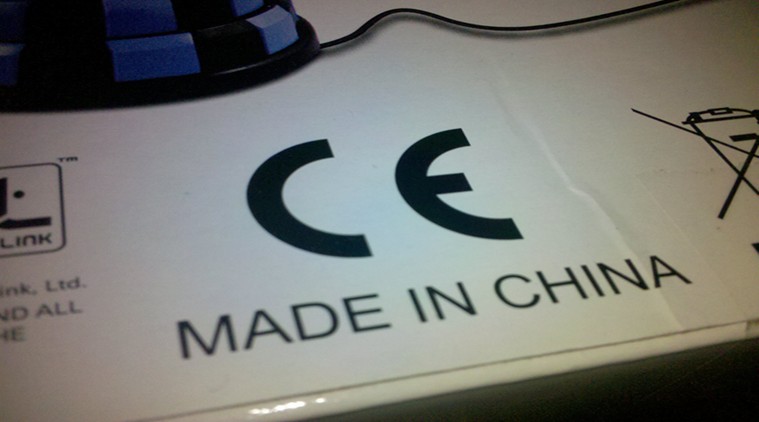‘Made In China’ Labelled Pottery Found In 800-Year-Old Shipwreck
Scientists have discovered an 800-year-old ‘Made in China’ label on a piece of pottery found in a shipwreck that once carried thousands of ceramics and luxury goods for trade.
Centuries ago, a ship sank in the Java Sea off the coast of Indonesia. The wooden hull disintegrated over time, leaving only a treasure trove of cargo.
They remained on the ocean floor until the 1980s when the wreck was discovered by fishermen. In the years since, archaeologists have been studying artifacts retrieved from the shipwreck to piece together where the ship was from and when it departed.
The equivalent of a “Made in China” label on a piece of pottery helped archaeologists reevaluate when the ship went down and how it fits in with China’s history.
“Initial investigations in the 1990s dated the shipwreck to the mid- to late 13th century, but we’ve found evidence that it’s probably a century older than that,” said Lisa Niziolek, an archaeologist at the Field Museum in the US.
“Eight hundred years ago, someone put a label on these ceramics that essentially says ‘Made in China’ – because of the particular place mentioned, we’re able to date this shipwreck better,” said Niziolek, lead author of the study published in the Journal of Archaeological Science: Reports.
The ship was carrying ceramics marked with an inscription that might indicate they were made in Jianning Fu, a government district in China.
However, after the invasion of the Mongols around 1278, the area was reclassified as Jianning Lu. The slight change in the name tipped Niziolek and her colleagues off that the shipwreck may have occurred earlier than the late 1200s, as early as 1162.
The likelihood of a ship in the later “Jianning Lu” days carrying old pottery with the outdated name is slim.
“There were probably about a hundred thousand pieces of ceramics onboard. It seems unlikely a merchant would have paid to store those for long prior to shipment – they were probably made not long before the ship sank,” said Niziolek.
The ceramics were not the only cargo onboard. The ship was also carrying elephant tusks for use in medicine or art and sweet-smelling resin for use in incense or for caulking ships. Both of these materials were critical to re-dating the wreck.
The resins and the tusks come from living things, and all living things contain carbon. A type of carbon atom called C-14 is unstable and decays relatively steadily over time. Scientists can use the amount of C-14 in a sample to determine how old it is.
The amount of decayed carbon found in the resins and tusks revealed that the cargo was about 800 years old.
“This was a time when Chinese merchants became more active in maritime trade, more reliant upon oversea routes than on the overland Silk Road. The shipwreck occurred at a time of important transition,” said Niziolek.
Courtesy: indianexpress .


